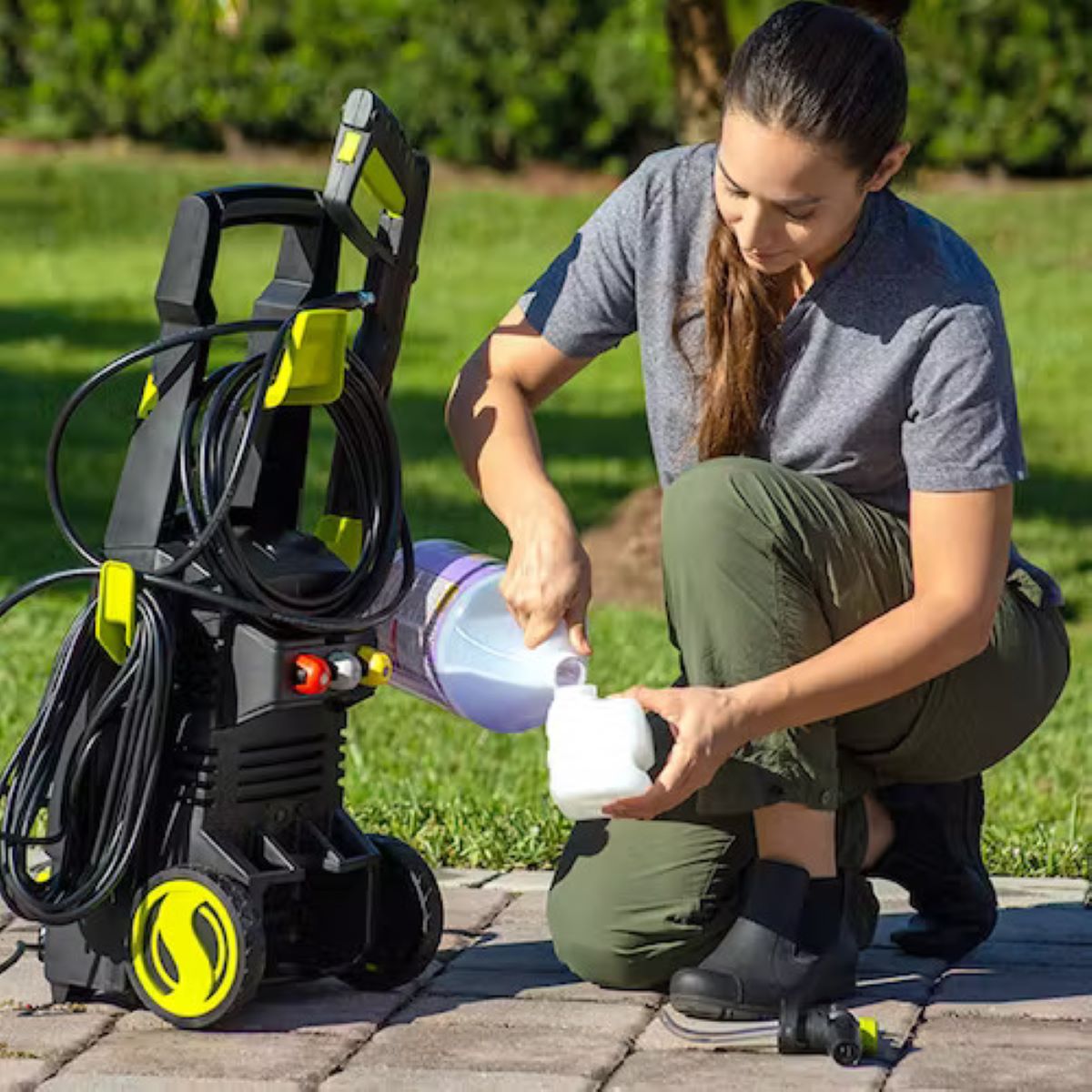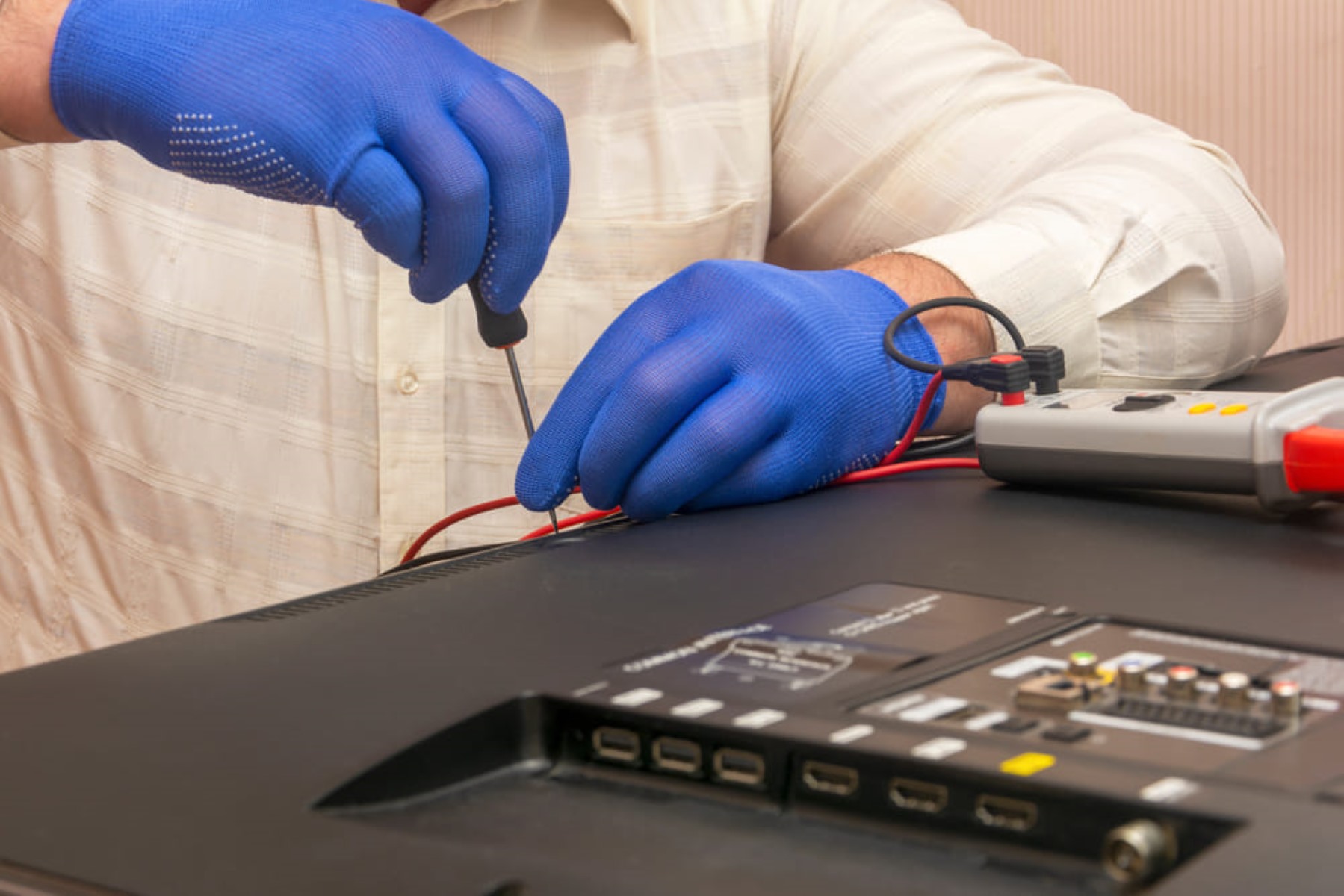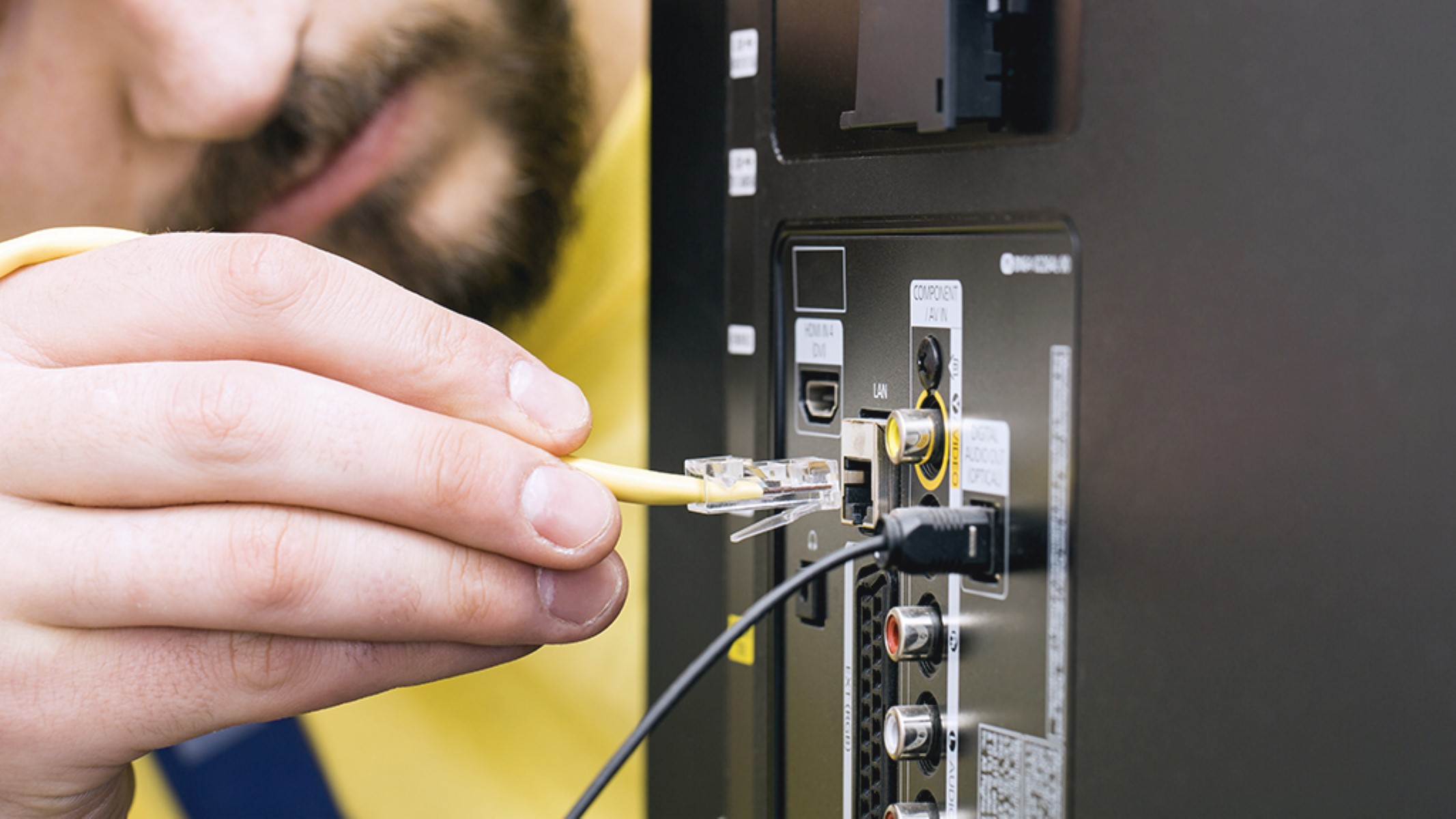Home> Protractor
Revamp Your DIY Skills with the Ultimate Protractor Guide
Learn how to revamp your DIY skills with the ultimate protractor guide. Discover tips, tricks, and techniques for using a protractor to perfection.
How To Attach A Soap Dispenser To Your Sun Joe Pressure Washer
By: James Anderson • Articles








